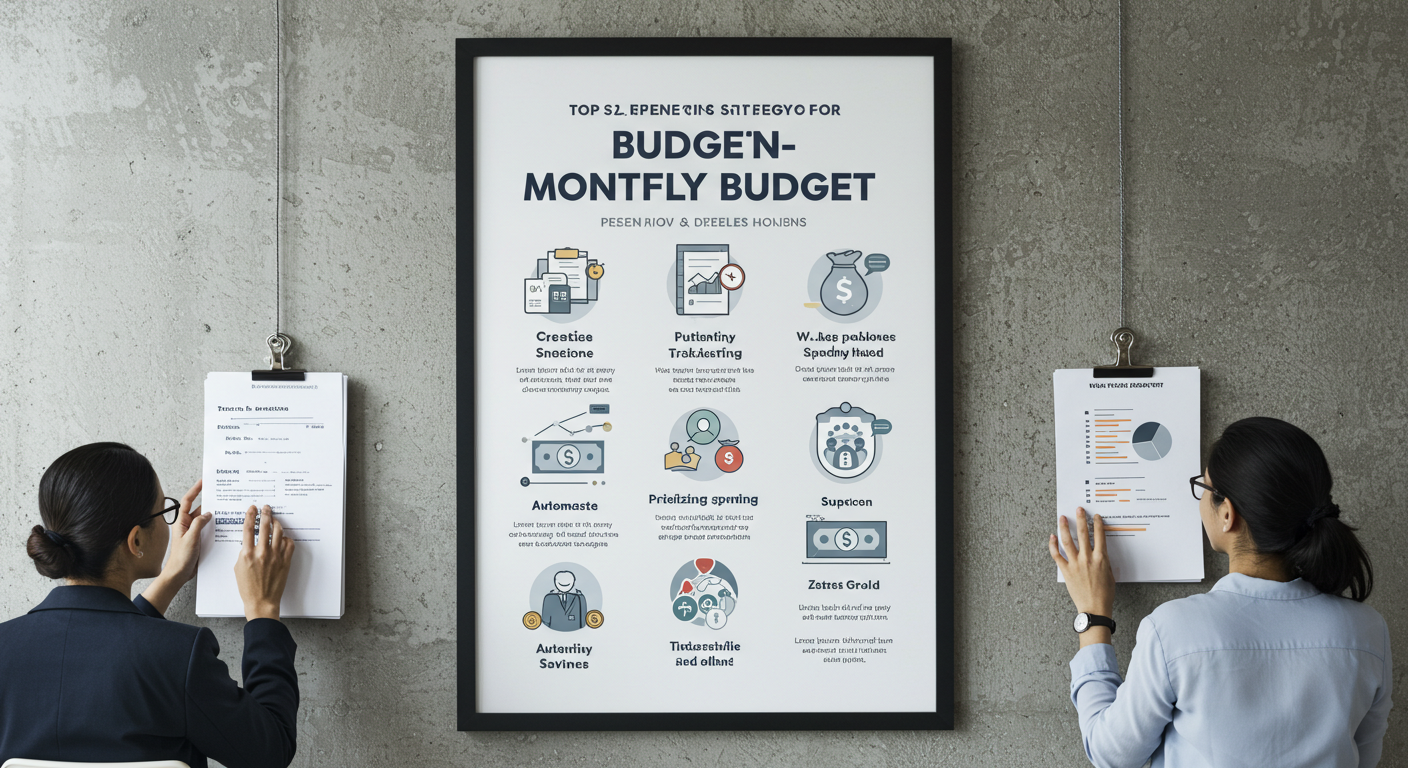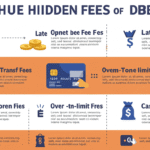Creating an effective monthly budget is pivotal for achieving financial stability and reaching personal financial goals. By implementing strategic approaches, you can manage your money wisely, avoid unnecessary debt, and enhance your savings. Below are detailed strategies that can help you create a successful budget that works for your unique financial situation.
### 1. Assess Your Current Financial Situation
Begin by taking stock of your income, expenses, debt, and savings. Understanding your financial landscape will provide the foundation for any effective budget. Gather your bank statements, pay stubs, and bills to calculate your monthly income and expenses accurately.
### 2. Set Clear Financial Goals
Establish short-term and long-term financial goals. Short-term goals might include paying off credit card debt or saving for a vacation, whereas long-term goals might entail saving for retirement or buying a home. Clear goals will guide your budgetary decisions and motivate you to stay on track.
### 3. Track Your Spending
Implement a tracking method to monitor your daily and monthly expenses. Utilize budgeting apps like Mint or YNAB (You Need A Budget) to categorize and track your spending habits. Alternatively, keep a simple spreadsheet or a financial diary to ensure you are aware of where your money goes.
### 4. Categorize Your Expenses
Dividing your expenses into fixed and variable categories can help to clarify your spending. Fixed expenses include rent, mortgage, insurance, or loan payments that remain constant each month. Variable expenses, such as groceries, entertainment, and dining out, can fluctuate. Understanding the distinctions will help you identify areas to cut back.
### 5. Implement the 50/30/20 Rule
The 50/30/20 rule can streamline your budgeting process. Allocate 50% of your monthly income to needs (essentials), 30% to wants (discretionary spending), and 20% to savings or debt repayment. This balanced framework ensures that your basic needs are met while allowing for enjoyment and prioritizing your financial future.
### 6. Create a Realistic Budget Plan
Formulate a budget plan by allocating amounts to each expense category based on historical spending data and your financial goals. Ensure that your budget is realistic, allowing for occasional splurges and unforeseen expenses. Overly strict budgets may lead to frustration and spending blowouts.
### 7. Adjust for Irregular Expenses
In addition to everyday spending, factor in irregular expenses that occur quarterly or annually, such as insurance premiums, property taxes, and holiday gifting. Set aside a portion of your income each month to cover these costs so you aren’t caught off guard.
### 8. Prioritize Debt Repayment
If you carry debt, prioritize paying it off to avoid accruing interest charges. Focus on high-interest debt first (commonly referred to as the “avalanche” method) or the smallest debts first (the “snowball” method). Allocating part of your budget to debt repayment is crucial for achieving long-term financial health.
### 9. Build an Emergency Fund
Aim to save at least three to six months’ worth of living expenses in an emergency fund. This fund provides a safety net for unforeseen expenses such as medical emergencies or repairs, preventing you from resorting to credit cards or loans. Start small and gradually increase your savings contributions.
### 10. Review and Adjust Your Budget Regularly
Regularly review your budget to assess its effectiveness. Spend some time each month evaluating your spending patterns and adjusting as necessary. Life changes, such as a new job, a move, or a family addition, may require a reevaluation of your financial priorities.
### 11. Use Cash for Discretionary Spending
Consider adopting a cash envelope system for discretionary spending categories like dining out and entertainment. Withdraw cash for these categories, keeping you accountable for your spending and helping prevent overspending. Once the cash is gone, you’ll be more mindful about additional expenditures.
### 12. Take Advantage of Discounts and Rewards
Look for discounts, coupons, and loyalty programs that can lower your monthly expenses. Whether utilizing cashback platforms, coupon apps, or store rewards programs, every cent saved can bolster your budget and enhance your savings.
### 13. Set Savings Goals Within Your Budget
Within your budget, allocate a specific amount toward savings each month. Whether it goes toward retirement accounts, a vacation fund, or a down payment, having designated savings goals increases motivation and makes it easier to track progress.
### 14. Consider Automated Savings
Automate your savings by setting up automatic transfers from your checking to your savings account. This “pay yourself first” strategy ensures that savings are prioritized, making it less likely you will spend money set aside for goals.
### 15. Limit Impulse Purchases
To maintain your budget, be mindful of impulse purchases. Employ strategies such as waiting 24 hours before making non-essential purchases, creating a shopping list, or limiting online shopping to designated times. This conscientious approach fosters better spending habits.
### 16. Minimize Subscription Services
Evaluate subscription services such as streaming platforms, gym memberships, and magazines. Cancel any subscriptions that you don’t actively use or consider downgrading to less expensive options. Consolidating services can free up additional funds for your budget.
### 17. Involve All Family Members
If you share finances with family or a partner, involve everyone in the budgeting process. Open discussions about shared financial goals, expenses, and responsibilities foster teamwork and accountability, leading to a more effective budget.
### 18. Use Online Budgeting Tools
Leverage online budgeting tools and templates that can simplify the budgeting process. Many tools offer features such as income tracking, expense categorization, and financial goal setting, streamlining your overall financial management.
### 19. Monitor Your Credit Score
Regularly check your credit score and obtain a credit report to look for inaccuracies or areas for improvement. Maintaining a good credit score can save you money through lower interest rates on loans, thus impacting your overall budgeting strategy positively.
### 20. Seek Professional Guidance
If budgeting feels overwhelming, consider seeking advice from financial advisors or credit counseling services. They can provide tailored budgeting strategies and help develop a financial plan that aligns with your goals and circumstances.
By implementing these strategies into your monthly budgeting process, you can create a plan that not only meets your immediate financial needs but also supports long-term financial goals. Commit to regularly reviewing and adjusting your budget as necessary to ensure its continued effectiveness.




